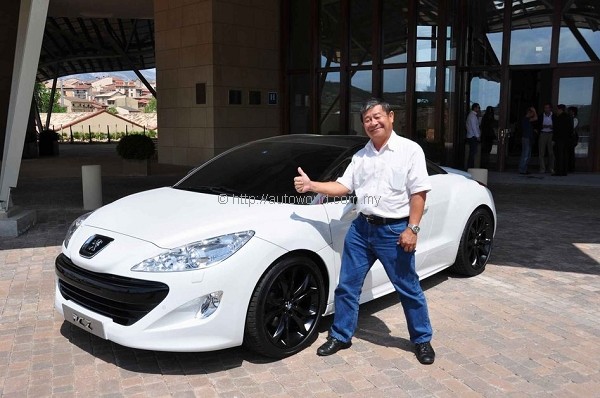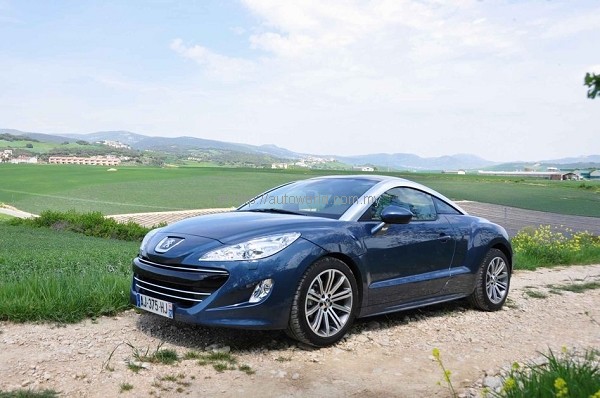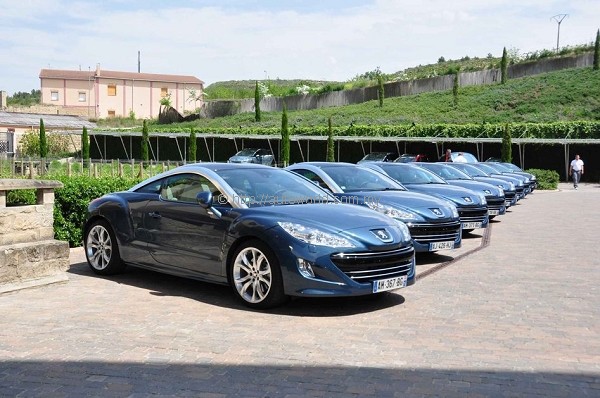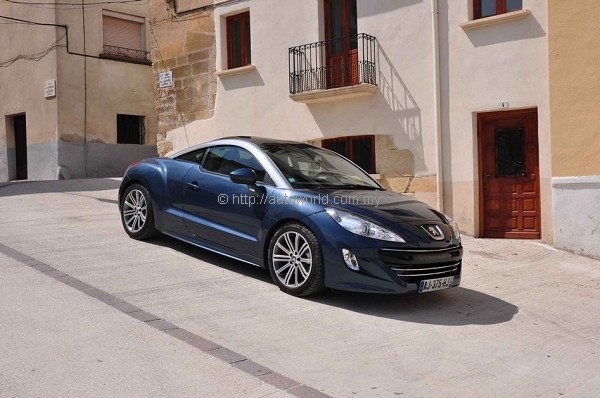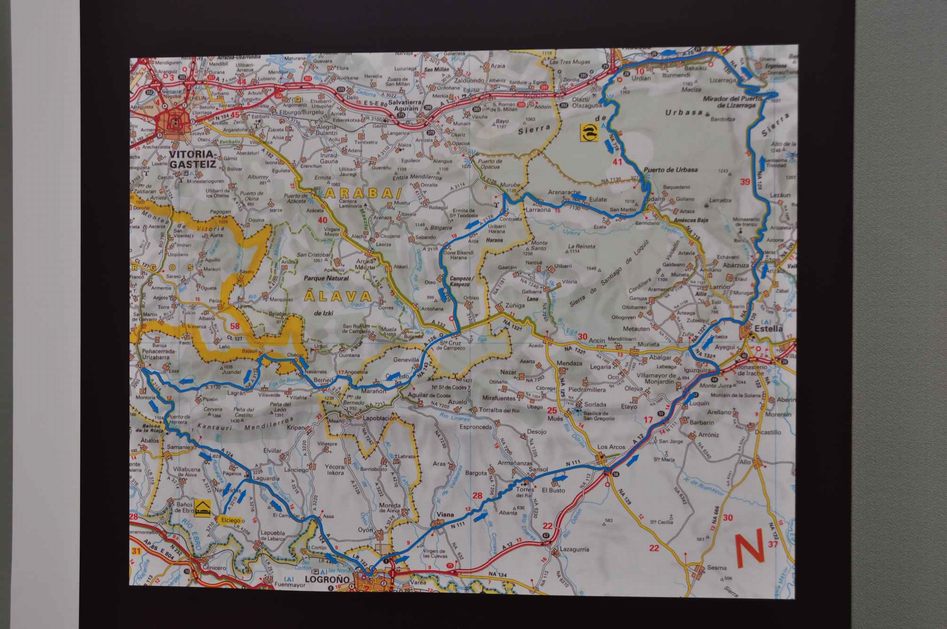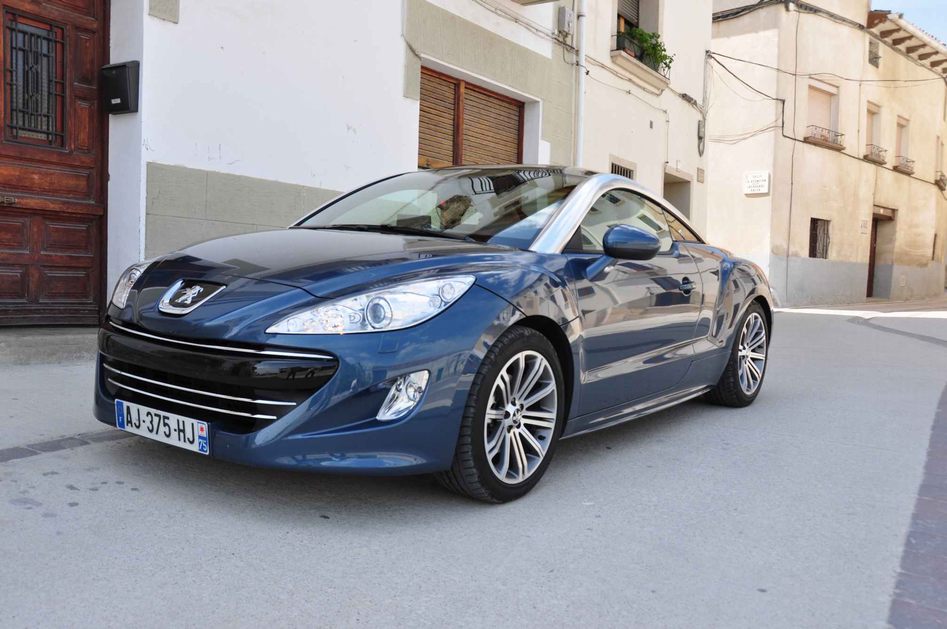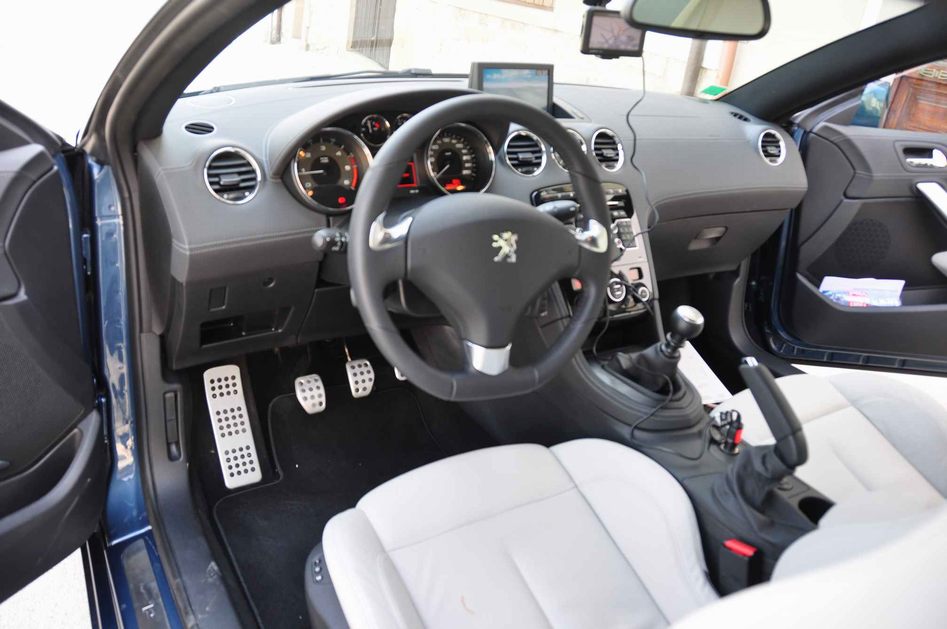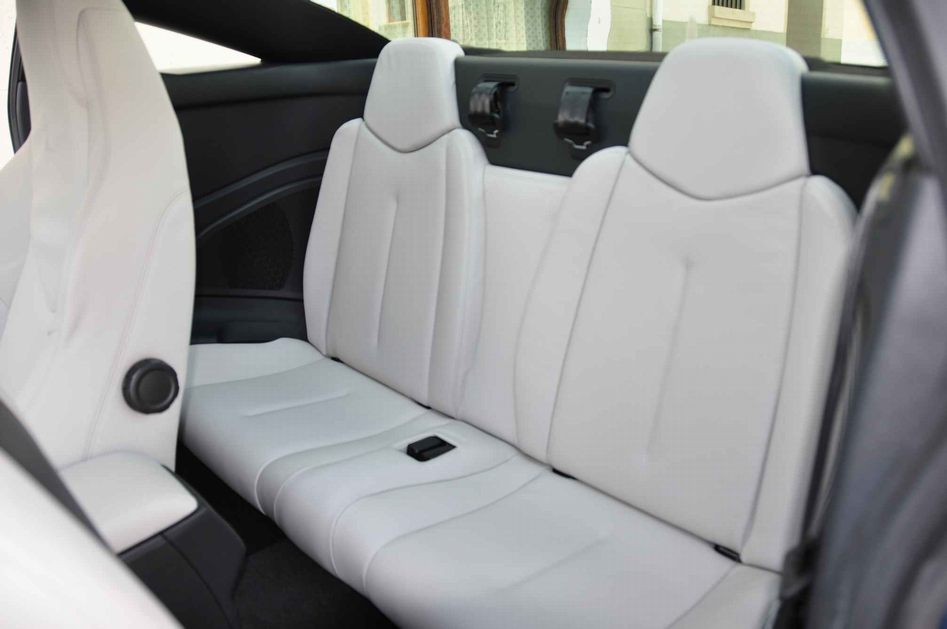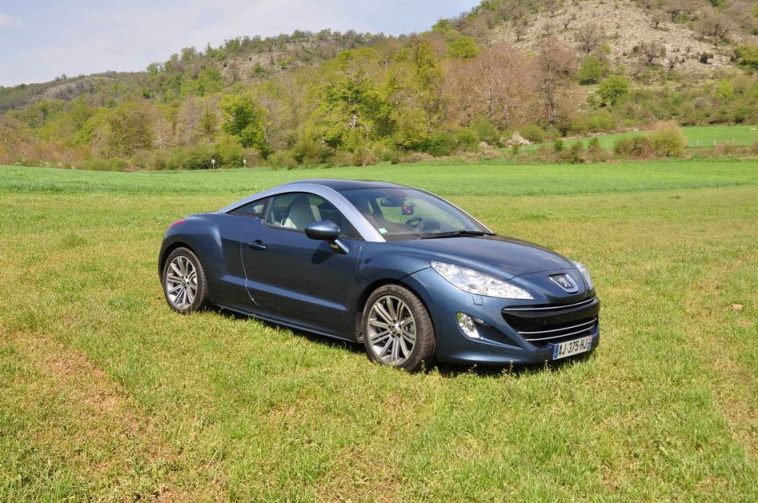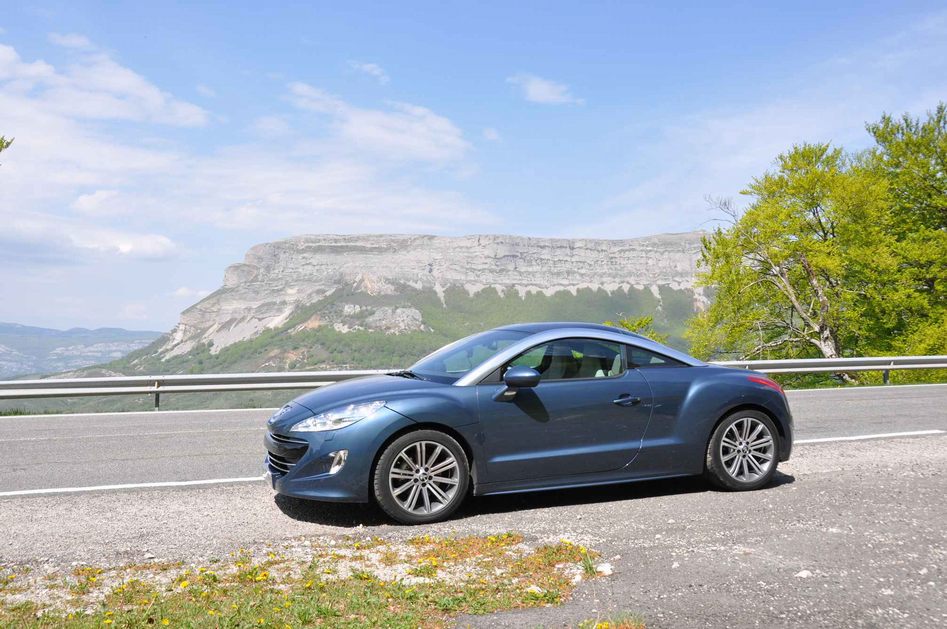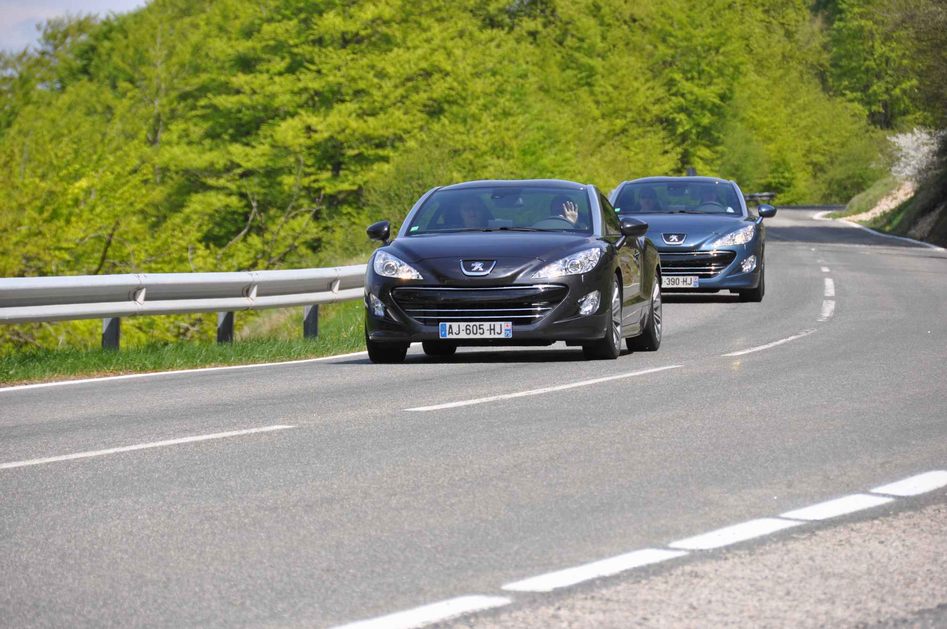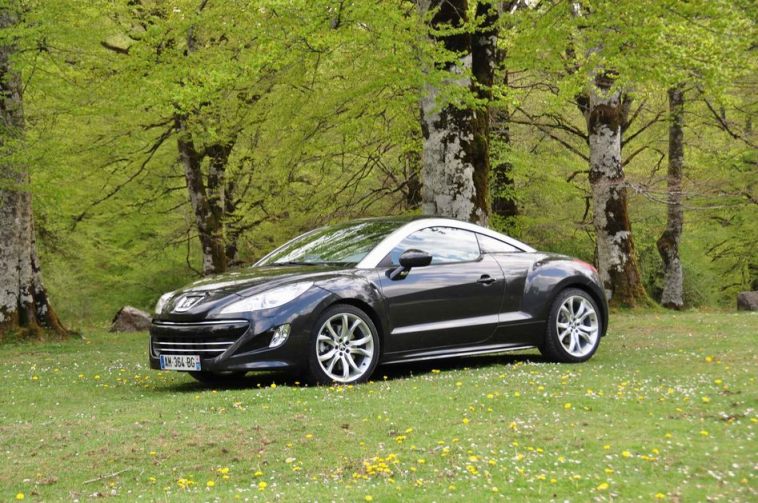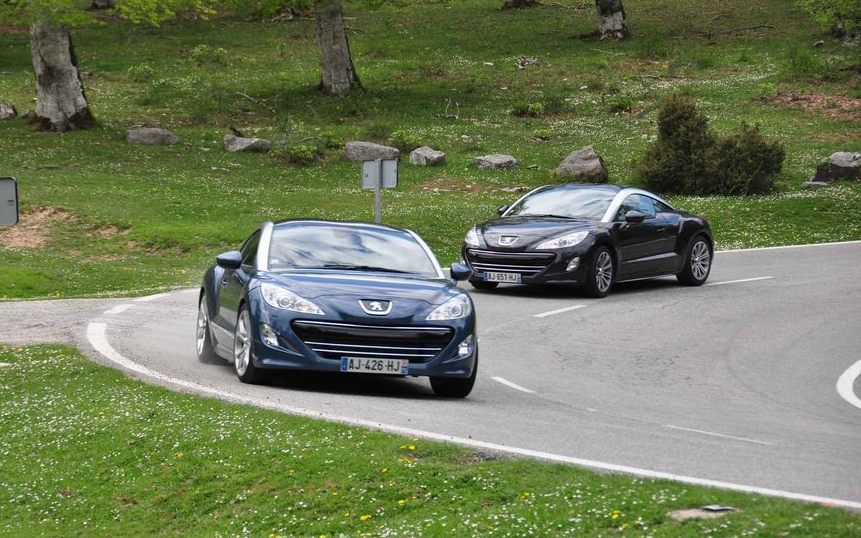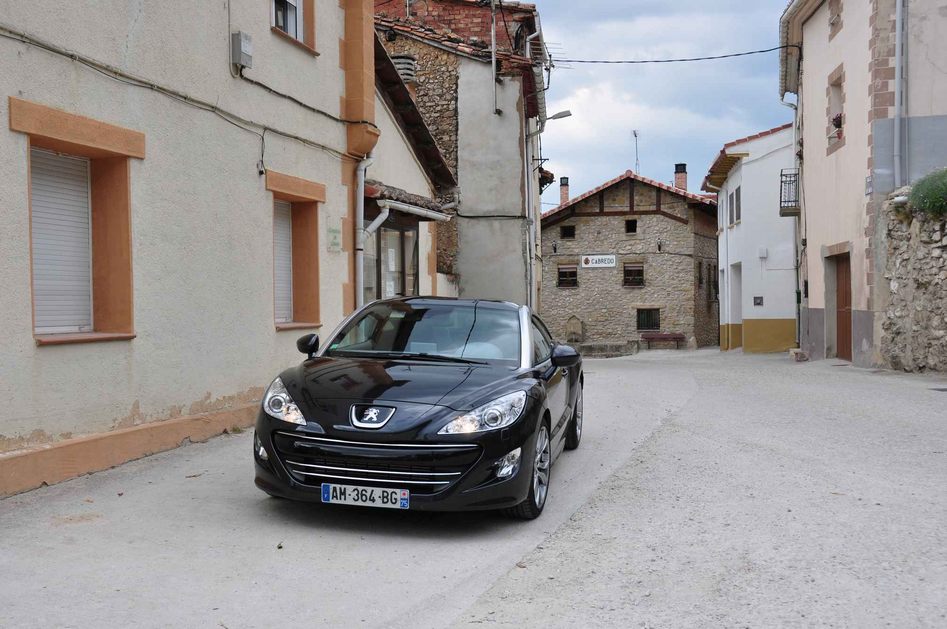RCZ – Peugeot’s New Line of Leisure Vehicles
The new Peugeot RCZ signals a new phase in Peugeot’s line up of leisure vehicles – and it is due to make its first appearance here in Malaysia in the fourth quarter 2010. First exhibited as a concept car at the Frankfurt Motor Show 2007 as a concept car, the RCZ excited all those who saw it, the production model follows the concept is almost every detail insofar as the overall shape and dimensions are concerned, with minor changes that improves its overall looks even more.
I saw the car at the recent Geneva Motor Show, and barely a month after our first brief encounter, I got to drive it for real through a stretch of beautiful country roads and highways in sunny Spain.
The RCZ is a car that you cannot help but fall in love with – it is a really sporty-looking 2 + 2 coupe that is exciting just to look at, with a timeless shape, the stuff that makes it to collector garages in time to come. Built to compete directly with the likes of the Audi TT, it is expected to sell here in Malaysia for under RM200k, and I am keeping my fingers crossed that this pans out exactly as planned. From the front three quarter angle, it reminds me of the Karmann Ghia, a much sought after collectible, more than 50 years since its first introduction.
The RCZ comes with three engine options, one a 1.6 litre, 156 horsepower engine developed jointly with BMW for the Mini, followed by a 200 horsepower turbocharged engine of the same capacity. A 2.0 litre diesel engine with 163 horsepower and 340 Nm of torque is also offered in line with the growing popularity of diesels in Europe. All three come with a 6-speed maunal gearbox, and Nasim, the Malaysian importer and distributor for the brand are waiting for yet another variant, the 6-speed auto to be introduced this summer before launching the RCZ in Malaysia – believe me, it is worth waiting for, although at this moment, it is understood that only the 156 horsepower model will come with the auto transmission. A total of 170,000 units is the production plan for the next 12 months, with an additional 50,000 units possible if demand picks up.
The cars available for our test in Spain were only the manual versions of the 163 horsepower diesel and the 200 horsepower turbocharged model. The route covered 240 kilometres of the most enjoyable countryside roads, with two media per car, with a drive change every 60 kilometres, and a car swap from diesel to gasoline and vice versa at midpoint. My lady media companion declined to drive, preferring to sit back and do the navigation, and get the impressions from me – so I got to drive both the cars the whole distance – I enjoyed every moment of it!
The diesel, as usual with the latest common-rail turbo units and the high torque associated with this family of diesel engines, performed very well indeed – and the 1,370 kg RCZ moves itself very briskly, with a 8.2 second time for the zero to 100 km/h sprint. Top speed as tested was 210 km/h before we ran out of safe road. The gasoline version weighs in at 1297 kg, and does the same sprint in 7.5 seconds; this time we managed a same top speed of 215 km/h. What is equally impressive is that the rated fuel consumption (EU standard) based on a combined urban and extra-urban cycle is 6.9 litres per 100 kilometres for the gasoline version, while the diesel version is rated at 5.3 litre per 100 kilometres. Under normal driving conditions in the real world, in Malaysia, with the air-conditioner on, should be in the region of between 8 to 10 litres per 100 kilometres for the gasoline engine, while one can expect a figure of between 6 to 8 litres per 100 kilometres for the diesel – I could live with that!
The diesel, with its long legs, would be great as a Grand Tourer – the additional torque available allows one to stay in top gear even at low speeds, and is good for relaxed driving at high speeds. The petrol version, on the other hand, requires more hand movements – to change gears every so often to extract the full potential of the engine. In addition, the designers have built in a unique ‘sound system’ to enhance the exhaust note – I didn’t particularly like it as I prefer a more ‘silent’ exhaust note. Otherwise, the two cars are just as enjoyable. Perhaps the most rewarding part of owning the RCZ would be the number of heads it will turn every time you take it out on the road.
The designers seem to have found a good balance between ride comfort and road handling – the RCZ handles marvellously, being surprisingly neutral despite being a front-wheel drive car. The engineers confirm a front-rear weight distribution of 65 percent at the front end, versus 35 percent at the rear, and given the beautiful handling characteristics, leads me to wonder whether it is so important, as some claim, to have a 50:50 front/rear weight distribution.
As an aside, driving on European roads is always an experience. In the first place, you will be driving on the ‘wrong’ side of the road. I always remind myself to be conscious of the fact that you will be entering a roundabout from the right hand side, and that you have to start off on the other side – but I made the mistake twice, once when turning onto a major road from a junction, and once when starting off after a stop in a field to take some pictures – luckily there were no cars around.
In the final analysis, the RCZ will be a car worth waiting for, especially if the local importers come through with their promise of an attractive price. This is a car that you will buy, and keep forever. With its unique and very nice lines, it can be a collector’s item in the years to come – who knows, you may get more than the original price you paid for it! For sure, it is a car worth waiting for!




